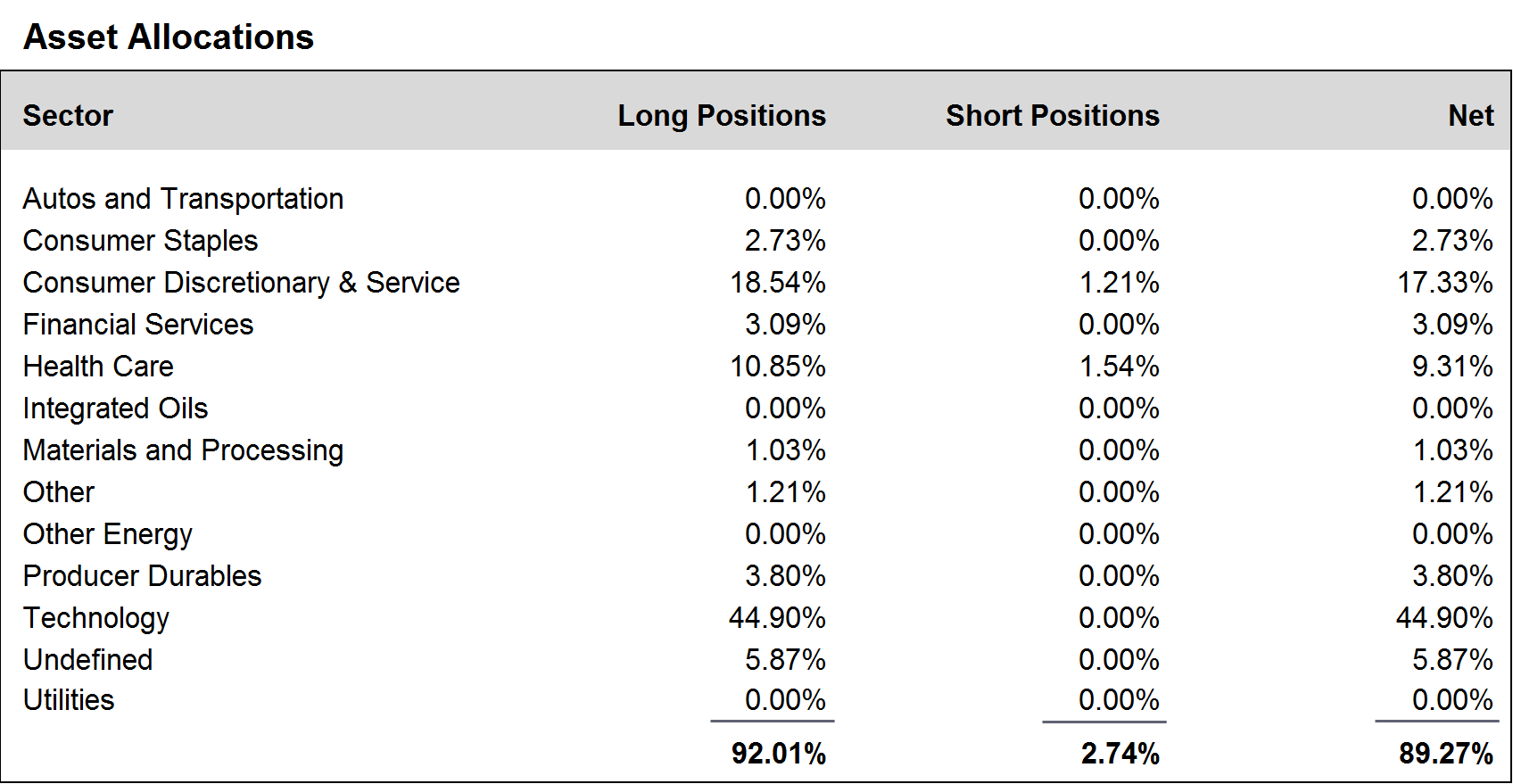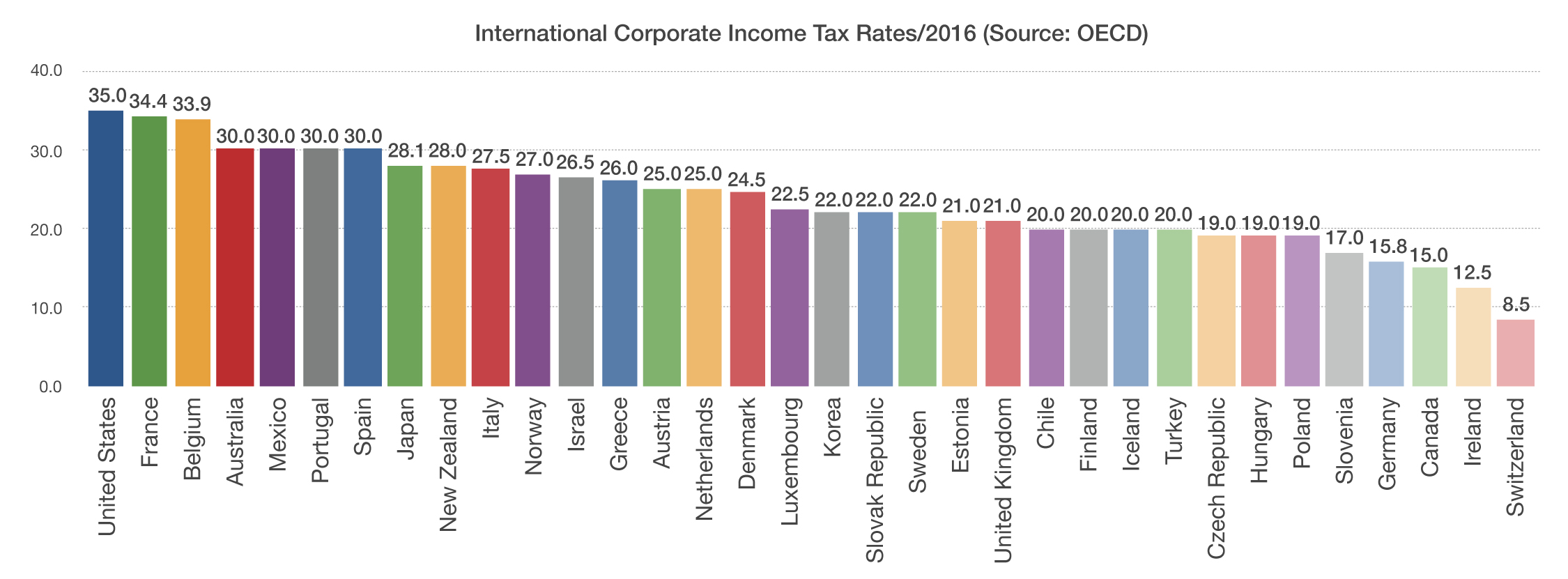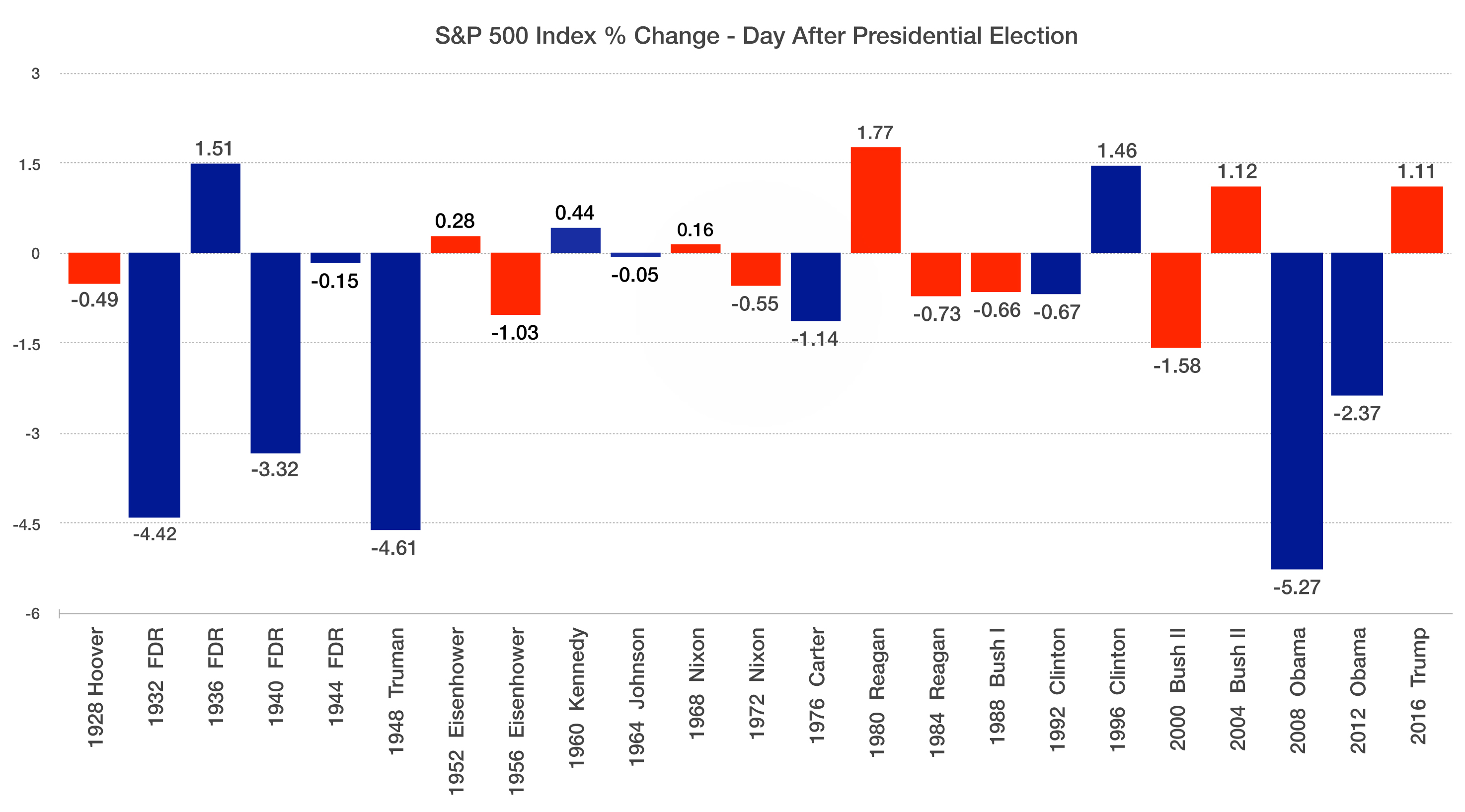
Ocean Park Capital Management
2503 Main Street
Santa Monica, CA 90405
Main: 310.392.7300
Daily Performance Line: 310.281.8577
Stock Indices:
| Dow Jones | 42,270 |
| S&P 500 | 5,911 |
| Nasdaq | 19,113 |
Bond Sector Yields:
| 2 Yr Treasury | 3.89% |
| 10 Yr Treasury | 4.41% |
| 10 Yr Municipal | 3.31% |
| High Yield | 7.26% |
YTD Market Returns:
| Dow Jones | -0.64% |
| S&P 500 | 0.51% |
| Nasdaq | -1.02% |
| MSCI-EAFE | 17.30% |
| MSCI-Europe | 21.20% |
| MSCI-Pacific | 10.50% |
| MSCI-Emg Mkt | 8.90% |
| US Agg Bond | 2.45% |
| US Corp Bond | 2.26% |
| US Gov’t Bond | 2.44% |
Commodity Prices:
| Gold | 3,313 |
| Silver | 33.07 |
| Oil (WTI) | 60.79 |
Currencies:
| Dollar / Euro | 1.13 |
| Dollar / Pound | 1.34 |
| Yen / Dollar | 144.85 |
| Canadian /Dollar | 0.72 |
Fund Overview
Equities rebounded in November, with all the major indices and the Ocean Park funds posting solid gains. The funds’ performance lagged the indices somewhat, as the post-election rally favored energy, defense, and infrastructure stocks in which the funds are lightly invested.
For the month of November, after fees, Ocean Park Investors Fund gained 1.67%*, while the S&P 500 gained 3.42% and the NASDAQ Composite gained 2.59%. For the year to date through October, after fees, OPI is down 2.47%*, while the S&P 500 is up 7.58% and the NASDAQ Composite is up 6.32%.
During November, we added to positions in the technology sector, and reduced positions in the consumer discretionary and service and the producer durables sectors. We finished the month at about 89% net long, up from about 88% at the end of October.
A schedule showing the performance of the Investors Fund is included below, along with our Asset Allocation Chart. Daily updates on our activity are available on our Results Line, at 310-281-8577, and current information is also maintained on our website at www.oceanparkcapital.com. To gain access to the site enter password opcap.
*These results are pro forma. Actual results for most investors will vary. See additional disclosures on page 4.
Past performance does not guarantee future results.



